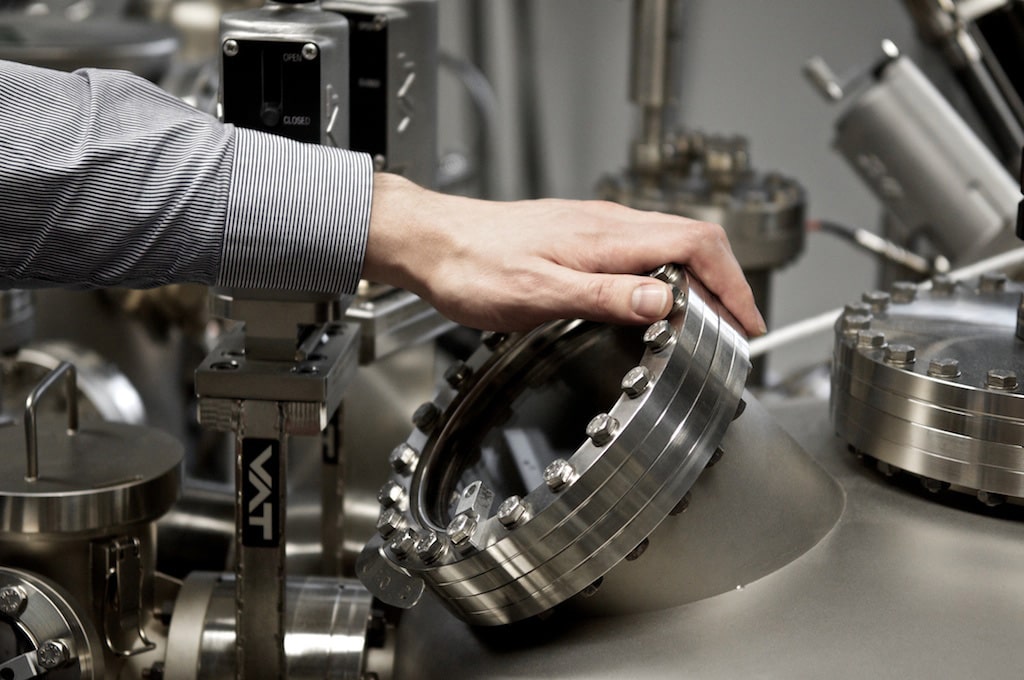CNC Milling Services: Revolutionizing Manufacturing with Precision and Effectivity
CNC Milling Services: Revolutionizing Manufacturing with Precision and Effectivity
Blog Article
CNC machining has revolutionized the manufacturing industry, providing an efficient and precise process for making components and pieces across many industries. This cutting-edge technology utilizes computers to control machinery that performs cutting and drilling, milling and many other actions on substances like metals, plastics, as well as wood. The level of precision obtained via CNC milling is unrivaled, allowing for complex plans to be made with incredible precision. With the replacement of manual work with automation, CNC machines have significantly reduced the possibility that human error will occur and has also improved production speed. This blend of precision and efficiency has helped make CNC machine machining an integral element of manufacturing today.
In the core of CNC Machining is the capacity to convert digital models into physical parts. Using computer-aided design (CAD) software engineers and designers can create intricate 3D models of their desired component. These digital designs are then transformed into precise directions, known as "G-code," which the CNC machine uses to execute operations like cutting, drilling, or milling. The digital control system allows for the highest level of precision that manual machine machining can't reach. It also means that when a design has been programmed into the machine, it can be repeated precisely, creating similar parts in large numbers without the need for manual adjustments. The ability to repeat is vital in industries where precision and consistent production are important.
The efficacy of CNC machining is another key aspect in its broad adoption. Traditional methods for machining call for experienced operators to control the machine, alter the settings and switch tools for each operation. This process is not only labor-intensive, but it is also susceptible to human errors. CNC machining, on the other hand, automates these jobs, enabling machines to work continuously under the least amount of supervision. Once the program is set and the machine has been loaded with the required material and equipment, it is able to perform several tasks without interruption, dramatically reducing production times. CNC machines are also capable of operating 24/7, making them perfect for big production runs. This level of efficiency enables manufacturers to meet tight deadlines, improve their output as well as reduce the cost of labor as well as maintain high-quality standards.
One of the key features of CNC machining was using computer-aided designs or computer-aided manufacturing programs. CAD software allows engineers to create detailed 3D models of the parts to be made, while CAM software converts these models into machine-specific instructions. This seamless connection between manufacturing and design ensures the finished product is in line with the design requirements originally set out. In addition, CAD/CAM software permits rapid prototyping. It allows companies to rapidly test and improve the designs prior to committing to large-scale production. The ability to easily modify design concepts and develop prototypes give firms a competitive advantage in fields where innovation and speed of delivery are critical. To obtain added information please get More hints
In addition to efficiency and speed, CNC machining is valued because of its efficiency, particularly when producing large production runs. After the initial set-up and programming of the machine are complete production of additional parts require little input and can reduce manufacturing costs overall. When manufacturing companies are working with high-end materials like aerospace-grade alloys, CNC is a method of reducing waste by optimising the cutting procedure, ensuring that each part produces with little losses in material. This precision and efficiency make CNC cutting the perfect choice for prototyping as well as full-scale production since it permits producers to test quickly and refine designs, while keeping production costs manageable.
Another challenge in CNC machining lies in the setting up and programming of the machines. While CNC machines reduce a significant amount of the manual work involved in the manufacturing process however, they require experienced techs to develop and then input the appropriate programs. These technicians must have expertise in CAD/CAM (Computer-Aided Design/Computer-Aided Manufacturing) software and understand the specific machining requirements of each project. Incorrect programming could result in defective components, wasted materials, and machines being shut down. Additionally, the initial setup of the CNC machine can take time, particularly with large-scale projects that require numerous tools or operation. But once the machine has been properly configured and programmed, it can produce parts with remarkable speed and accuracy and reduce the risk of failures in subsequent runs.